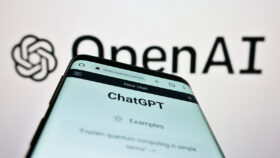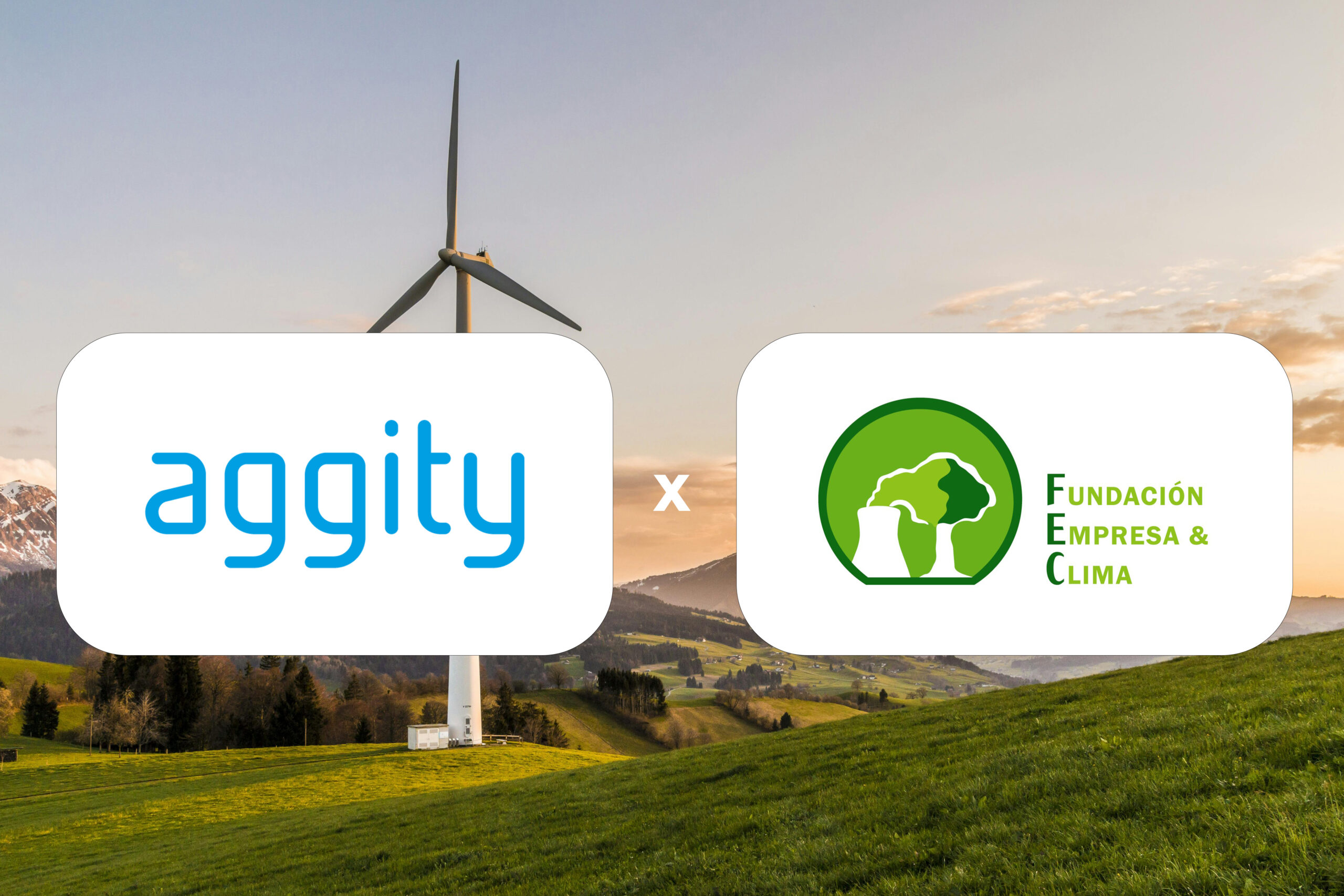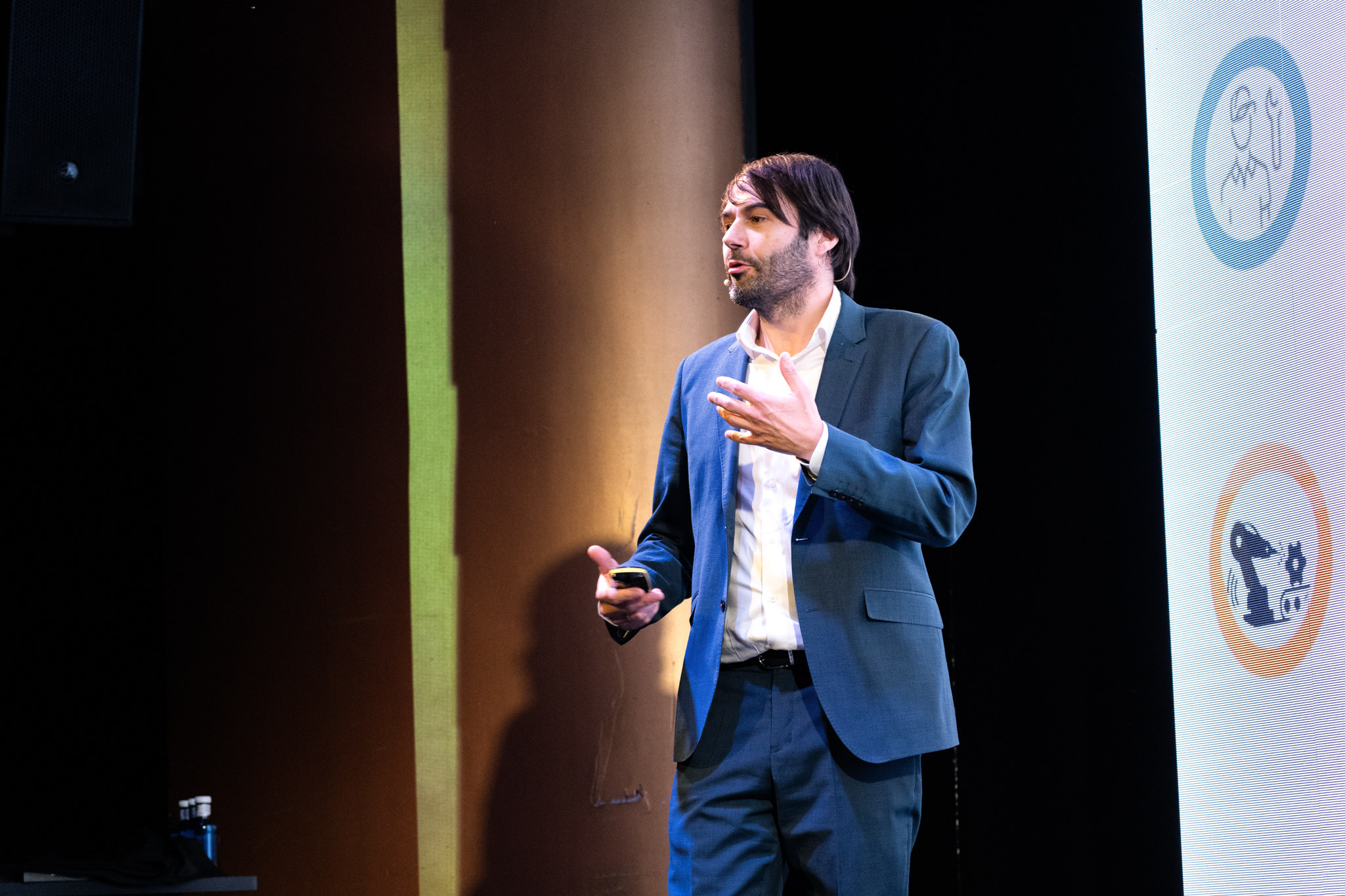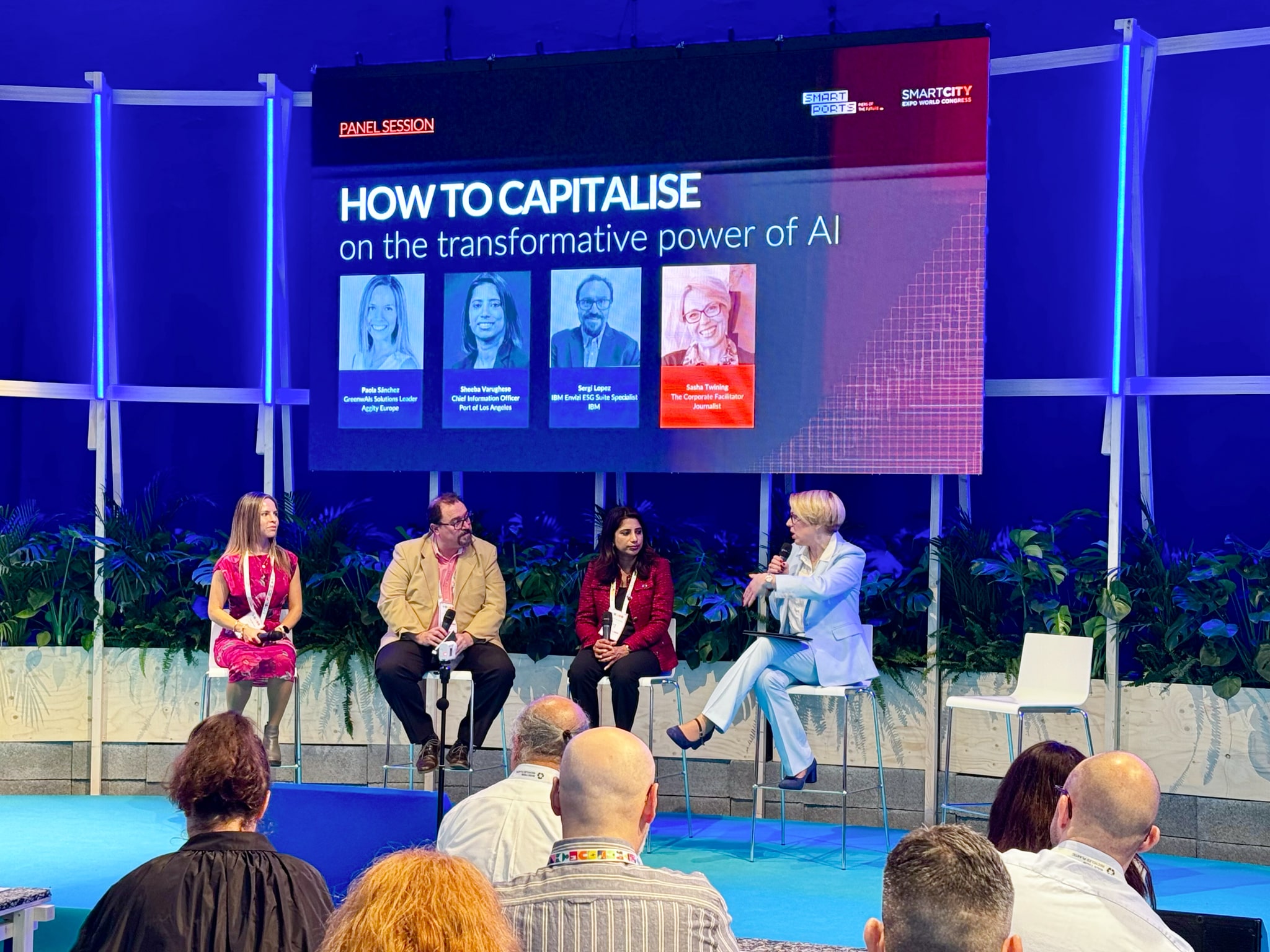ChatGPT and its application in industrial robotics

What ChatGPT has achieved is to bring Artificial Intelligence closer to almost the entire society. Although AI has been in development for some time now, it is thanks to ChatGPT that everyone has realized what the use of artificial intelligence technologies can mean.
Tabla de contenidos
ToggleThe application in industrial robotics of Artificial Intelligence applications such as ChatGPT promise to transform automation and industrial robotics for good.
One of the areas in which technologies such as ChatGPT may have more applications is industrial robotics. As we know ChatGPT, it does not seem to make much sense to implement it in automation and industrial robotics environments. Nothing could be further from the truth.
To find out how the use of ChatGTP can affect industrial robots, and without analyzing the section on ethics in the application of artificial intelligence, the first thing to do is to know what the popular application consists of. In reality, we are talking about an artificial intelligence chatbot. Its quality is that it has been trained to hold conversations with any person thanks to the fact that the algorithms with which it has been developed are capable of understanding any question asked by the user; in other words, it has Natural Language Processing (NLP) capabilities.

This was already done in a limited way by many chatbots programmed for this purpose, and therefore, the change that this implies ChatGPT is that it is able to respond as if it were a human and, moreover, with accurate data and information on any subject, making it almost impossible to distinguish whether the response comes from a human being or an artificial intelligence.
How does ChatGPT fit into an industrial robot?
Being therefore a language-centric artificial intelligence it seems a more specific application in dealing with users and, by extension, for example, in customer services through Cognitive Virtual Assistants (CVA). It is more difficult to understand what such technology can bring to an industrial robot, but developments are already beginning to be made so that they can interact naturally with human workers.
The goal of the developments that are beginning to be studied is that ChatGPT can go a step beyond analyzing text and providing answers and obtain data that it can process and analyze to assist in automation and industrial robotics tasks. The ultimate goal is to enable robots – such as autonomous mobile robots or AMRs – to “talk” to humans without having to learn programming languages.
The use of AI in industrial robotics
aggity’s solutions already incorporate artificial intelligence, which makes it possible for machines to interact through voice and natural language processing. In this way, machines can now interact with people without us even realizing it, offering a better and higher quality service, especially in repetitive and low-value actions.

The development of hyper-automation will take a step forward thanks to the use of technologies such as ChatGPT. By being able to interact with humans more effectively, industrial robotics will further contribute to cost efficiency as well as improved production times, as is already the case in many different sectors of activity. For example, artificial intelligence is already an ally of the pharmaceutical industry.
If the use of robotic process automation (RPA) technologies reduces human intervention and automates certain tasks, the incorporation of technologies such as ChatGPT will also contribute to an evolution in the way more physical tasks are performed.
What’s new in ChatGPT
The novelty brought by ChatGPT is that it can execute tasks on its own thanks to prior learning, a capability that will make it possible to carry out certain actions or solve certain problems within a smart factory without the need for human intervention, which is still required in many cases. Among the possible uses of this technology, and this is where research is being carried out, is the application of ChatGPT to monitor the performance of industrial robots, observe different scenarios and make decisions based on data without the intervention of any worker.
At the moment, the main and first uses of ChatGPT in industrial robotics (ChatGPT for Robotics) have to do with drone control or manipulation of robotic arms. We are, therefore, facing a new step in the evolution of artificial intelligence that opens up new possibilities for its contribution to the evolution and expansion of industrial robotics.
Últimos posts

aggity strengthens its commitment to sustainability as a SILVER partner of “Fundación Empresa & Clima”.

aggity participates in the IBM Ecosystem Summit 2024 with an applied case of Generative AI in the food industry

Aggity, together with the multinational Fortinet, present an exclusive event in Lima on the application of Generative AI in Corporate Cybersecurity.

aggity participates in Smart Ports: Piers of the Future

aggity Supports the Contigo Foundation at its Annual Dinner

Challenges and Opportunities of Generative AI in Industry: Our Experience at BNEW

Official Liferay Partner in Spain





